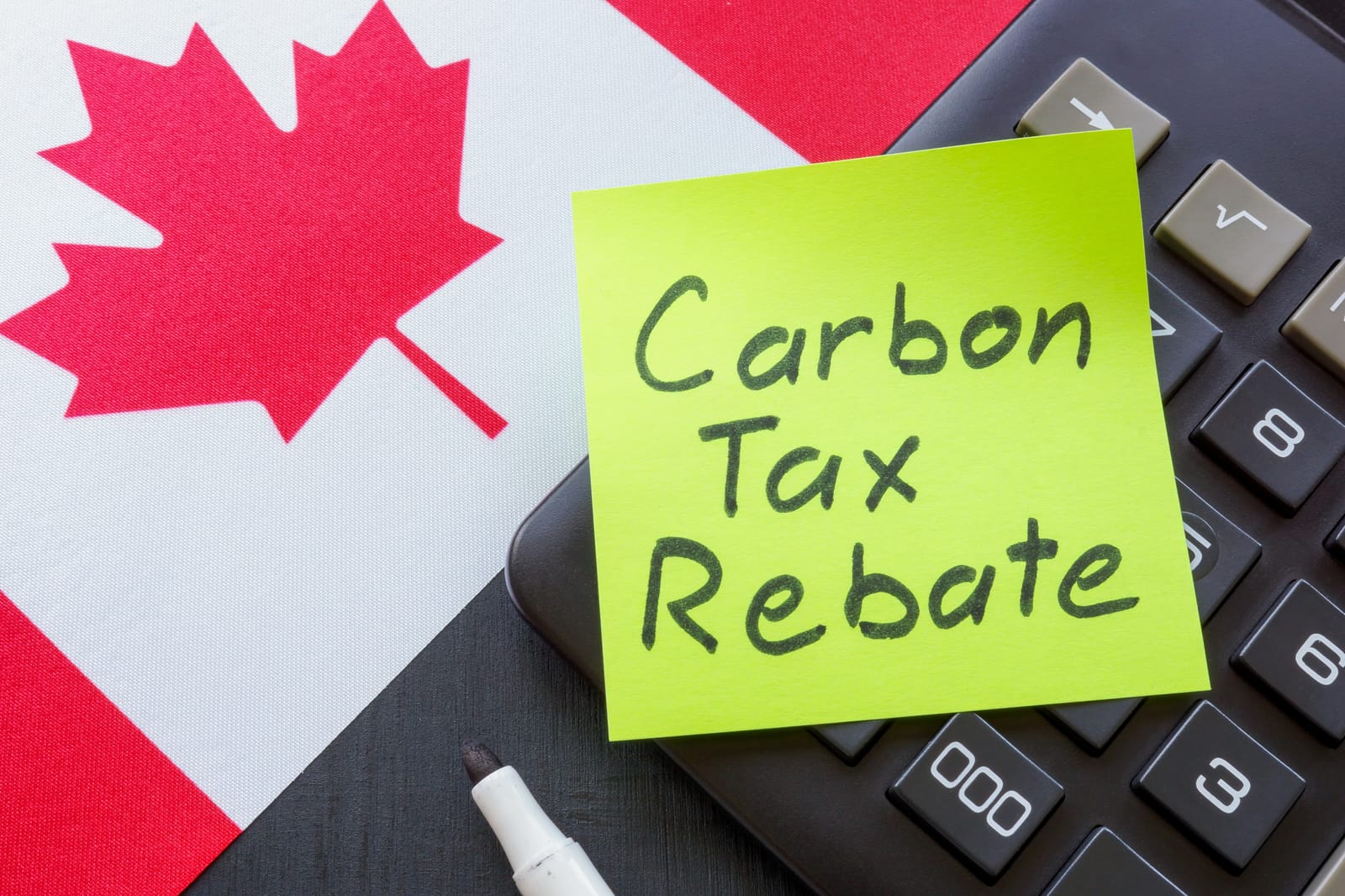It’s one of the most debated topics in Canada, often discussed at the gas station or when opening a home heating bill. The federal carbon tax is a policy that directly affects every Canadian, yet the full story of how it works—especially the rebate part—is often misunderstood.
Is it just a tax, or is there more to it? Where does the money go? And what is the Climate Action Incentive payment that appears in your bank account? Let’s demystify the system and explain how Canada’s carbon tax and rebate system actually works.
The “Why” Before the “What”: What is Carbon Pricing?
Before looking at the tax itself, it’s important to understand the core idea: carbon pricing. It’s an economic strategy built on a simple principle: by making pollution more expensive, you create a financial incentive for people and businesses to find ways to pollute less.
Instead of the government dictating specific rules for everyone, it uses a market-based tool to encourage innovation, energy efficiency, and a gradual shift towards cleaner alternatives. This is the theory behind Canada’s federal policy.
Part 1: The Carbon Tax (The Fuel Charge)
This is the part of the system everyone is familiar with. The federal government applies a “fuel charge” to fossil fuels. This includes the gasoline you put in your car and the natural gas used to heat your home. The rates are set by the government and are designed to increase gradually over time to give people and businesses time to adjust.
This charge is collected by the fuel producers and distributors and remitted to the government. It’s not a tax kept by the gas station. This system applies in provinces that do not have their own provincial carbon pricing system that meets the federal standard.
Part 2: The Rebate (The Climate Action Incentive Payment)
This is the most crucial, and most misunderstood, part of the entire system.
In the provinces where the federal fuel charge applies, the government does not keep the money it collects. It returns approximately 90% of the proceeds directly to households through the Climate Action Incentive Payment (CAIP).
Here’s how it works:
- Quarterly Payments: You receive a direct deposit or cheque four times a year. The amount you receive is based on your family size and whether you live in a rural or urban area (with a supplement for rural residents).
- Unconditional: You do not need to apply for it. You get it automatically if you file your income tax return.
- Designed to Benefit Most Households: The key concept is that the system is designed so that most low- and middle-income households receive more money back in the rebate than they pay in carbon charges. This is because the total amount collected is pooled and distributed evenly, meaning high-consumption individuals and wealthy households who use more fuel contribute more to the pot, while everyone gets a standardized rebate.
Does It Actually Work?
The ultimate goal is to reduce greenhouse gas emissions. Proponents point to studies showing that carbon pricing is one of the most cost-effective ways to achieve this. They argue it is a key reason Canada’s emissions are slowly trending downward.
Critics, however, raise valid concerns. They argue the tax unfairly burdens those in rural communities with fewer low-carbon transportation options, or that it hurts the economy by increasing business costs. This ongoing debate over its effectiveness and fairness is why it remains a central issue in Canadian politics. The financial pressures created by the tax are also a factor in broader discussions about economic relief, including ideas like a universal basic income.
The Bottom Line
Canada’s carbon pricing system isn’t just a tax; it’s a tax-and-rebate system. It’s designed to create a financial incentive to reduce pollution while returning the majority of the money collected back to Canadians, shielding most households from the financial impact. Understanding both parts of the equation is essential to forming an informed opinion on one of Canada’s most important public policies.

